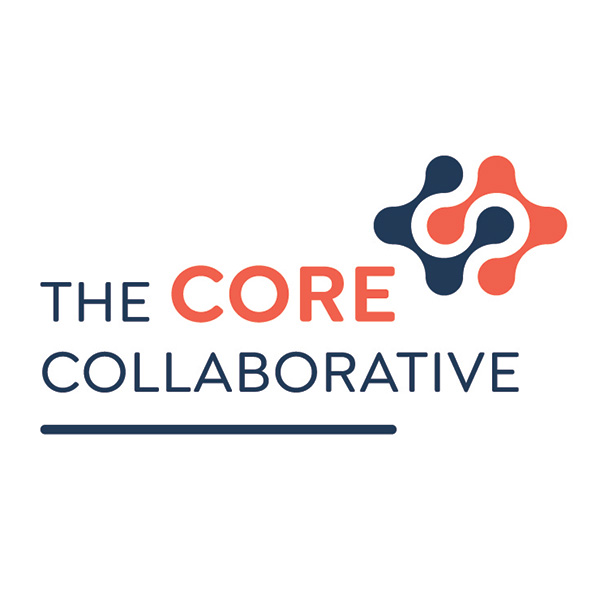What is Culturally Responsiveness Teaching?
I thought I knew what culturally responsive teaching was. Years ago, as a high school English teacher, my department team would work to make sure we had diverse reading materials for our students. And, if we were to get the school board to pass a current, culturally relevant text, I would pat myself on the back as the department chair. And if we incorporated a relevant example or two and make connections to what students were learning, well, we were “doing culturally responsive teaching,” right?
I have come a long way since then. Once the term “anti-racist” crept its way into education, I personally started doing the hard work of backing up, re-reading, unlearning, and learning with a different perspective of what culturally responsive education means. My understanding of “doing culturally responsive work” was replacing a few of our almost all “old white men” authors with a female author and/or minority author here or there in the curriculum. As I dug deeper, read, and reflected, talked to colleagues, and took a few courses, I realized that culturally responsive teaching is something you don’t DO to your students but rather learn WITH your students. I was trying to teach cultural responsiveness somehow without having any discussion about my student’s cultural backgrounds. In the forthcoming book (Dec. 2022), Amplify Learner Voice Through Culturally Responsive-Sustaining Assessment, the authors state:
…We want to push beyond the surface level of culture and think critically about how we understand, respond, and teach to the shallow and deep cultural behaviors of our students. Doing so validates and affirms students for who they are so they can experience success, become self-empowered, and take true ownership of their learning (Hollie, 2017).
So it isn’t just about the texts, materials, and examples you share in the classroom, it is more than that. It is a space held for students to learn who they are as learners through their own unique cultural lens. As the learner grows in this space, so does every other learner in that classroom. Students start to see themselves as more defined, and more active in their learning. and at the same time, building cultural connections with others. According to the NYC Department of Education, “it’s a way of seeing diversity as knowledge.”

Is Culturally Responsive-Sustaining Education about Race?
Yes. Yes, it is. But we are also talking about gender, gender bias, social class, religion, nationality, ability, language, and ethnicity. The NYC Department of Education defines CR-SE as:
“a cultural view of learning and human development in which multiple forms of diversity…are recognized, understood, and regarded as indispensable sources of knowledge for rigorous teaching and learning.”
This definition is inclusive and promotes the discussion of intersectionality.
Click on the NYC DOE website to learn more about their approach to CR-SE.
Teaching Culturally Responsive-Sustaining Education. How do I get started?
Working with my colleagues at The Core Collaborative, I learned a lot from the authors of the forthcoming book, Amplify Learner Voice through Culturally Responsive-Sustaining Assessment. And I am excited to share that the book is not only about what CR-SE is, and why it’s important, but focuses on the HOW. They created a Culturally Responsive Formative-Assessment Framework but this work is one where teachers need autonomy, and students need practice in learning at a whole new level. There are seven components to this framework and the first one is Cultural Identity.
What is Cultural Identity?
In the framework, cultural identity is the identification with, or sense of belonging to, a particular cultural group based on shared experiences. We suggest it as a starting point. Reflect on these guiding questions:
What is my own cultural identity? Do I know?
How can learn about my students (and family’s) cultural identities?
How can learners benefit from learning who they are as learners via their cultural identity?
Join us for The Core Collaborative Leadership Cadre

